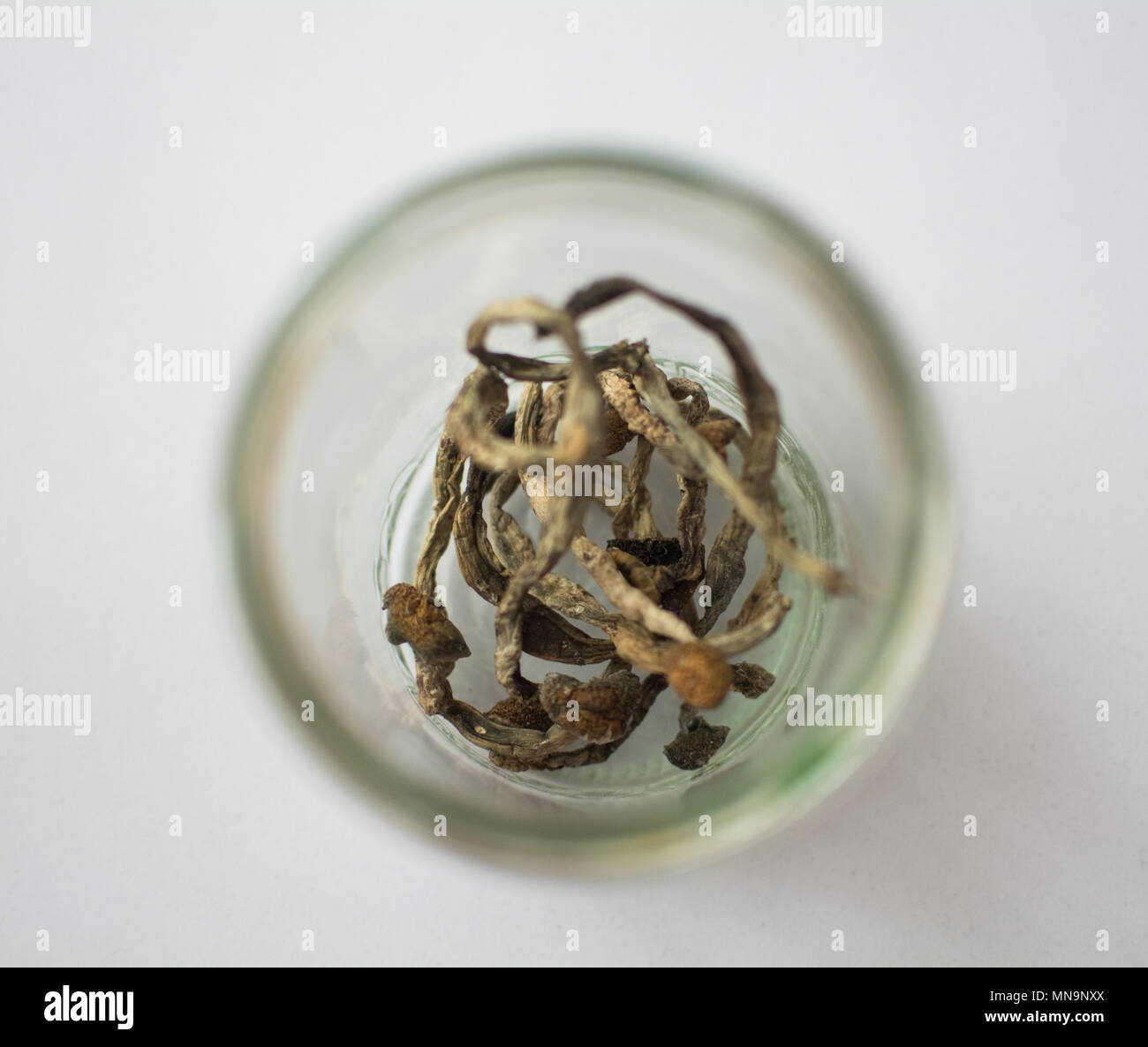Introduction:
Magic mushrooms, scientifically regarded as psilocybin mushrooms, have a loaded and assorted cultural record that spans generations. These enigmatic fungi have performed a considerable job in the rituals, spirituality, and creative expression of a variety of civilizations all-around the globe. In this article, we will delve into the cultural and historic perspectives encompassing magic mushrooms, analyzing their use, impact, and significance in distinct societies.
Historical Use and Shamanic Techniques:
The use of magic mushrooms can be traced back again hundreds of yrs, with evidence suggesting their presence in several historical cultures. my site of the most nicely-documented situations is the use of psilocybin mushrooms by indigenous tribes in Mesoamerica. The Aztecs, for instance, referred to these mushrooms as “teonanácatl,” translating to “flesh of the gods.” Shamans in these cultures consumed magic mushrooms through spiritual ceremonies to induce altered states of consciousness, believing that it facilitated communication with the divine.
Equally, indigenous tribes in Africa, these types of as the Bwiti in Gabon, have a very long background of incorporating hallucinogenic mushrooms into their non secular tactics. The mushrooms are considered to link the consumer with ancestral spirits, featuring advice and perception. These tactics spotlight the integral position magic mushrooms played in ancient shamanic traditions, serving as a resource for transcendent activities and religious exploration.
Magic Mushrooms in Western Tradition:
In the twentieth century, the Western entire world witnessed a resurgence of fascination in magic mushrooms, mainly owing to the influence of counterculture movements. In the course of the fifties and 1960s, researchers like R. Gordon Wasson and Timothy Leary explored the psychedelic properties of psilocybin mushrooms, contributing to their increased recognition among the the common public. Leary, in distinct, advocated for the therapeutic prospective of these substances, believing they could guide to profound private and religious growth.
The sixties also saw the common leisure use of magic mushrooms, as they became synonymous with the psychedelic revolution. On the other hand, this cultural movement finally led to a backlash, with numerous governments banning the use of psychedelic substances. Regardless of lawful constraints, fascination in magic mushrooms persisted, and contemporary analysis has revisited their likely therapeutic advantages, especially in the procedure of mental wellbeing problems.
Fashionable Exploration and Therapeutic Prospective:
In new decades, there has been a resurgence of scientific desire in the therapeutic probable of magic mushrooms. Clinical scientific studies have explored the efficacy of psilocybin in managing situations these types of as depression, panic, and article-traumatic worry disorder (PTSD). The benefits have been promising, indicating that thoroughly guided and supervised psychedelic encounters could have profound and long lasting optimistic consequences on psychological wellness.
The resurgence of fascination in the therapeutic use of magic mushrooms has led to a reconsideration of their cultural and historic importance. Scientists are now drawing connections between historical shamanic methods and modern psychedelic-assisted remedy, suggesting a prospective continuity in the human use of these substances for non secular and psychological exploration.
Authorized and Moral Considerations:
In spite of the expanding physique of proof supporting the therapeutic advantages of magic mushrooms, lawful and ethical concerns remain considerable hurdles. Quite a few countries classify psilocybin mushrooms as controlled substances, restricting their use and exploration. Nevertheless, a shift in attitudes is developing, with some jurisdictions decriminalizing or legalizing the recreational and therapeutic use of these mushrooms.
The ethical dimensions of working with magic mushrooms in a therapeutic context also raise inquiries about safety, consent, and cultural sensitivity. Scientists and policymakers will have to navigate these complexities to be certain dependable and equitable obtain to the potential positive aspects of these substances.
Conclusion:
Magic mushrooms have woven a fascinating tapestry all through human history, connecting historic shamanic tactics with contemporary scientific research. From their part in indigenous rituals to the counterculture actions of the 20th century and the resurgence of therapeutic exploration now, magic mushrooms continue on to captivate and challenge our comprehension of consciousness and spirituality.
As we navigate the cultural and historical perspectives on magic mushrooms, it is crucial to approach their use with regard for diverse traditions, a determination to ethical criteria, and an openness to the probable therapeutic benefits they may possibly give. The ongoing dialogue among historic wisdom and modern science promises a deeper comprehension of these enigmatic fungi and their spot in the tapestry of human expertise.
